Category: National Center for Environmental Health
Staying Safe in a Tornado

On April 27, 2011, a series of deadly tornadoes destroyed parts of Tuscaloosa, Cullman, Birmingham and rural communities in northwest Alabama killing 247 people [PDF – 498 KB] and nearly injuring 1,400. Nearly a month later, a monster tornado tore through Joplin, Missouri, killing 161 residents. In 2013, Oklahoma experienced back-to-back tornado events; the deadliest Read More >
Posted on by Leave a commentPrepare for Spring Weather
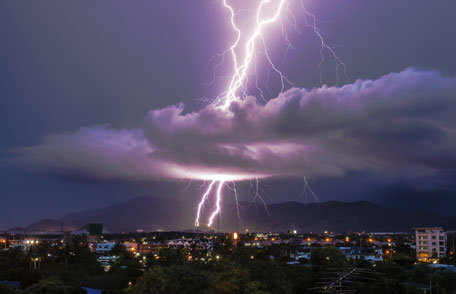
Spring weather can be unpredictable. Reduce injury risk and plan ahead. Spring is the time of year when many things change—including the weather. Temperatures can swing back and forth between balmy and frigid. Sunny days may be followed by a week of stormy weather. Read More >
Posted on by Leave a commentNew National Report Ranks States and Cities on Biking and Walking
When it comes to biking and walking, how do states and large cities stack up? A new report from the Alliance for Biking & Walking puts local and state efforts in perspective in Bicycling and Walking in the United States: 2016 Benchmarking Report. Read More >
Posted on by Leave a commentSpring Forward and Help Prevent Carbon Monoxide (CO) Poisoning
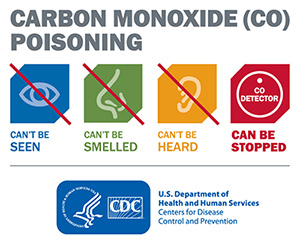
Daylight Savings Time begins Sunday, March 13, 2016. As you prepare to set your clocks forward one hour, remember to check the batteries in your carbon monoxide (CO) detector. If you don’t have a battery-powered or battery back-up CO alarm, now is a great time to buy one. At least 430 people die each year Read More >
Posted on by Leave a commentAre We Getting Enough Vitamins and Nutrients?

March is National Nutrition Month. To find out if Americans are getting enough nutrients, NCEH’s Division of Laboratory Sciences tested blood and urine samples collected by CDC’s National Health and Nutrition Examination Survey. The results may surprise you. CDC’S Second Nutrition Report on Biochemical Indicators of Diet and Nutrition found 9 out of 10 people Read More >
Posted on by Leave a commentDesigning, Planning, and Building Healthy Communities
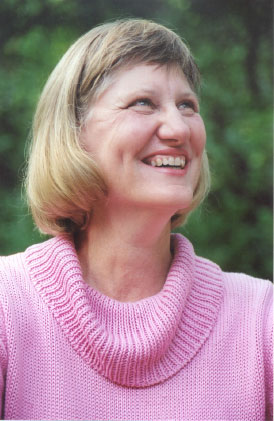
The health of a community can be measured in all sorts of ways. Public health officials often look at the incidence of disease, but, what about counting the percent of people who live within ½ mile walk of a park entrance? Read More >
Posted on by 1 Comment“Chart the Course” — 2016 Summit on Environmental Hazards and Health Effects attendees learn new and innovative strategies to address environmental public health topics
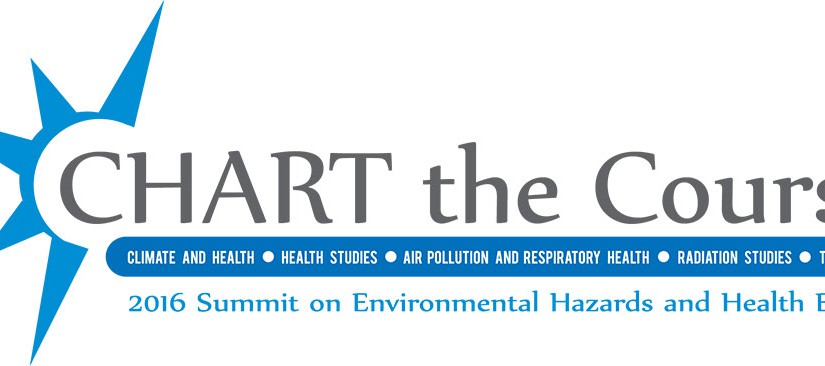
CDC’s National Center for Environmental Health, Division of Environmental Hazards and Health Effects (EHHE) held its first-ever Summit on Environmental Hazards and Health Effects January 26–29, 2016, in Atlanta, Georgia. Read More >
Posted on by Leave a commentCommunity environmental health activism in South Gate, Los Angeles County, CA
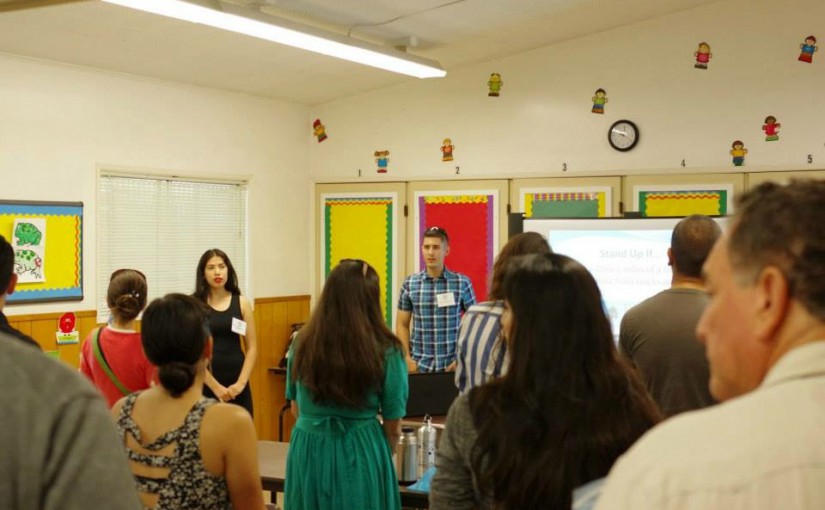
Imagine that you are attending a community workshop about cleaning up the environment in your city. Local environmental justice activists are there to explain how the effects of pollution are disproportionately higher in your area than in other parts of the county. Read More >
Posted on by Leave a commentCarbon Monoxide (CO) Poisoning Prevention

When power outages occur after severe weather (such as winter storms, hurricanes or tornadoes), using alternative sources of power can cause carbon monoxide (CO) to build up in a home and poison the people and animals inside. Read More >
Posted on by Leave a commentScience Begets Curiosity

Susan Ingber came to CDC not exactly knowing where she fit in. She started out premed, worked in a lab before becoming a science writer, and then went on to study public policy in graduate school. But even with a degree in biology, she felt she had drifted away from science. Read More >
Posted on by Leave a comment
